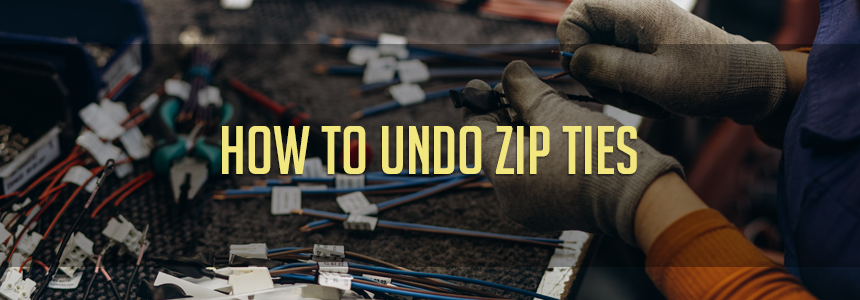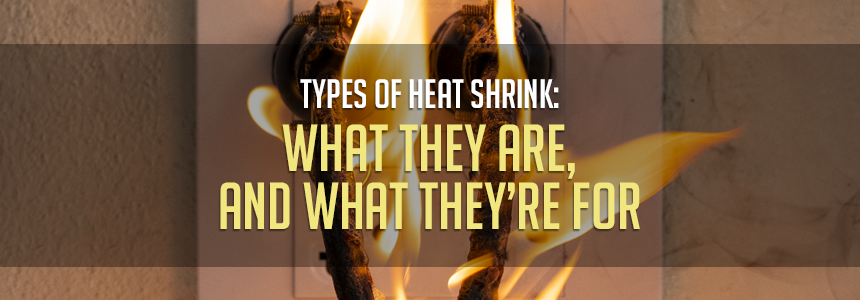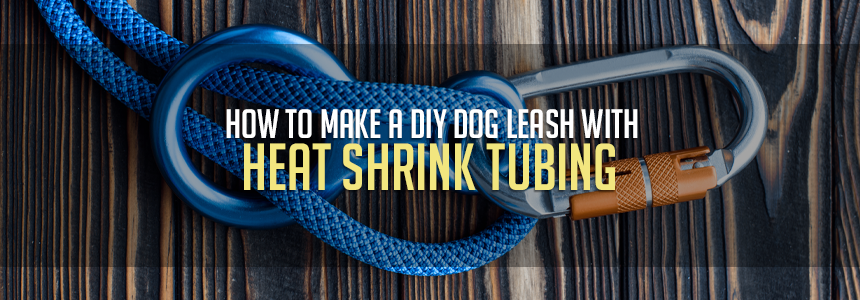Caring for Boats and Marine Electrical Systems: Preventative Measures and Repairs
Caring for Boats and Marine Electrical Systems: Preventative Measures and Repairs
Maintaining a boat involves a variety of tasks to ensure that every system runs smoothly and safely, especially the electrical systems which are crucial for navigation, communication, and general functionality. Marine environments are harsh, and electrical connections and wires on boats are particularly susceptible to wear and tear. Here, we’ll explore the different types of damage that can occur to marine electrical systems, and how to protect and repair them using heat shrink, butt connectors and terminals.
Common Wear and Tear Issues in Marine Electrical Systems
- Corrosion: Saltwater is highly corrosive and can cause significant damage to exposed wires and connectors. Over time, corrosion can degrade electrical connections, leading to poor performance or complete failure.
- UV Damage: Prolonged exposure to sunlight can degrade the insulation of electrical wires, making them brittle and more prone to cracking.
- Moisture Ingress: Water can seep into electrical connections, causing shorts and other electrical problems. Even freshwater can cause issues if it finds its way into unprotected connections.
- Physical Wear: Vibration and movement can cause wires to rub against surfaces, leading to wear and eventual exposure of the conductive core.
Preventative Measures and Protective Products
To combat these issues, a range of products and techniques can be employed to protect marine electrical systems. Buyheatshrink.com offers a variety of solutions designed specifically for the marine environment.
1. Marine Electrical Connectors and Terminals
- Marine Heat Shrink Terminals: These are designed to provide a waterproof seal and are ideal for use in harsh marine environments. They combine insulation and waterproofing to protect electrical connections from moisture and corrosion.
- Marine Electrical Connectors Waterproof: These connectors are crucial for ensuring that water doesn’t infiltrate the electrical system, causing shorts and other issues.
- Marine Butt Connectors: These connectors are used to join two wires together securely. They are often used in marine applications due to their robust construction and water-resistant properties.
2. Heat Shrink Tubing
- Marine Grade Heat Shrink Tubing: This tubing provides insulation and protection for wires, helping to prevent damage from abrasion, UV rays, and moisture. It shrinks tightly around the wire, providing a secure seal.
- Waterproof Heat Shrink Tubing: Specifically designed for marine use, this tubing ensures a waterproof seal around electrical connections, preventing moisture ingress.
- UV Resistant Marine Heat Shrink Tubing: This tubing protects wires from the damaging effects of UV exposure, extending the life of the insulation.
3. Marine Wire Insulation Solutions
- Saltwater Resistant Heat Shrink Tubing: Provides additional protection against the corrosive effects of saltwater, ensuring long-term reliability of electrical connections.
- Heat Shrink for Saltwater Environments: Essential for any boat that operates in saltwater, this heat shrink tubing prevents corrosion and degradation of wire insulation.
Installing and Repairing with Heat Shrink Products
Step-by-Step Guide to Using Heat Shrink Tubing and Connectors
- Preparation: Cut the heat shrink tubing to the desired length. Ensure that the wire and connector are clean and free from any debris or corrosion.
- Application: Slide the heat shrink tubing onto the wire before making the connection. If using a butt splice connector, insert the wires into the connector and crimp securely.
- Heat Shrink: Use a heat gun to evenly heat the tubing. As the tubing heats, it will shrink and tightly wrap around the wire and connector, forming a secure, waterproof seal.
- Inspection: After the tubing has cooled, inspect the connection to ensure that the tubing has shrunk evenly and there are no gaps or openings.
Marine Cable Management Solutions
Proper cable management is crucial to prevent physical wear and damage:
- Marine Cable Routing and Protection: Use clips and conduits to route cables neatly and securely, preventing them from moving and rubbing against surfaces.
- Boat Wire Bundling Techniques: Bundle wires together using heat shrink tubing or cable ties to keep them organized and protected from physical damage.
Protecting and Maintaining Boat Battery Terminals
- Heat Shrink Covers for Marine Batteries: These covers provide a protective layer over battery terminals, preventing corrosion and accidental short circuits.
- Marine Battery Terminal Insulation: Insulate battery terminals to prevent exposure to moisture and salt, extending the life of the battery connections.
Conclusion
Maintaining the electrical systems on a boat is essential for safety and functionality. By using high-quality products like marine electrical connectors, heat shrink tubing, and insulation solutions, boat owners can protect their vessels from the harsh marine environment. Regular maintenance and the application of these preventative measures will ensure that your boat’s electrical system remains reliable and efficient, allowing you to enjoy your time on the water with peace of mind.














